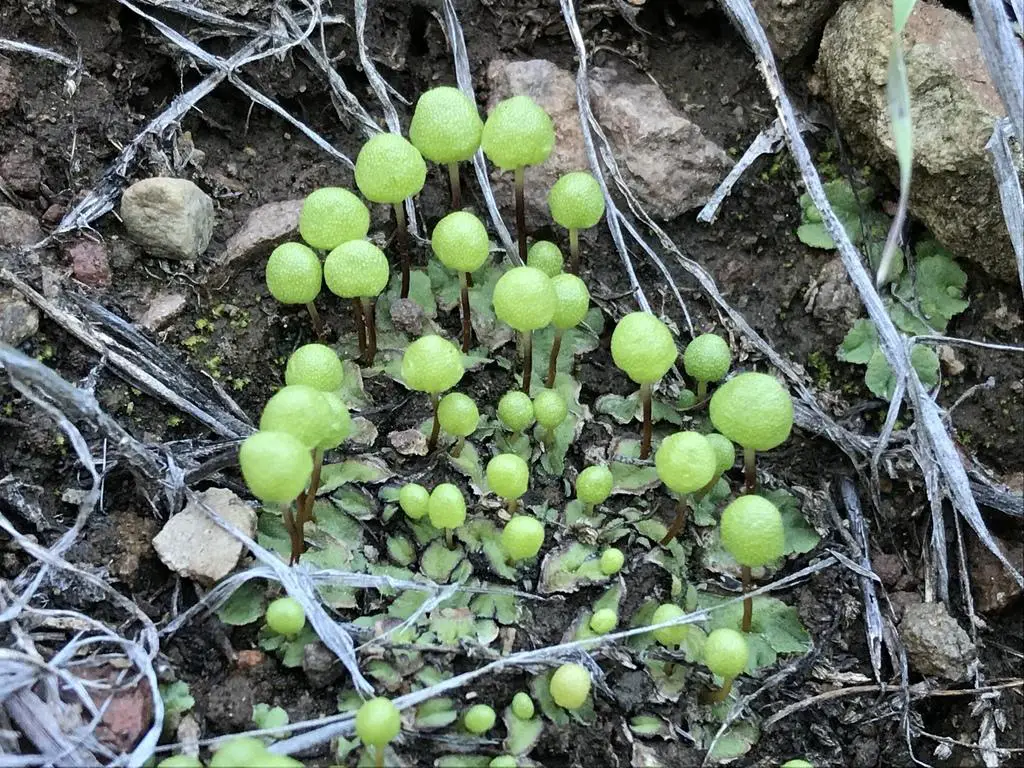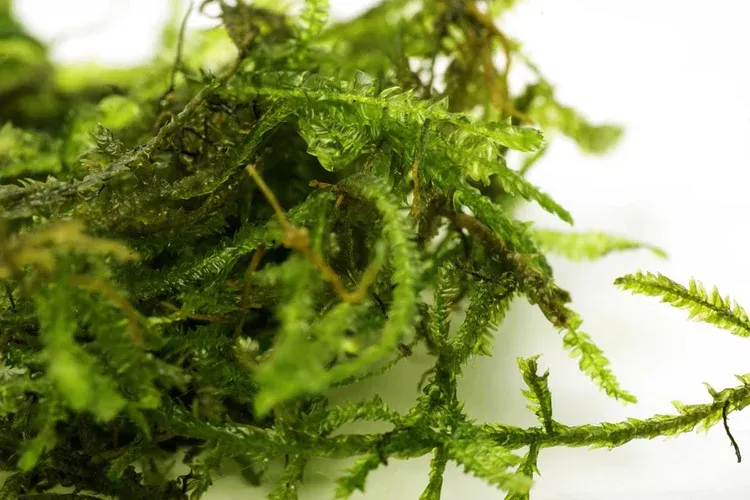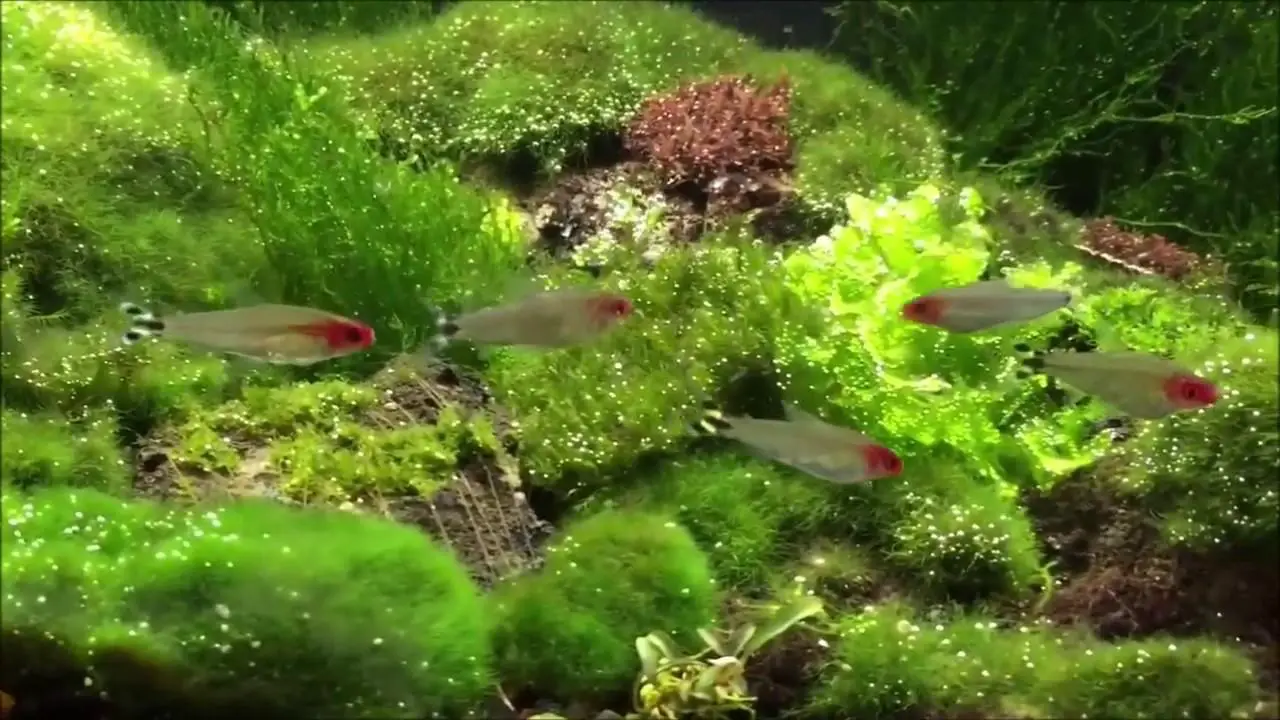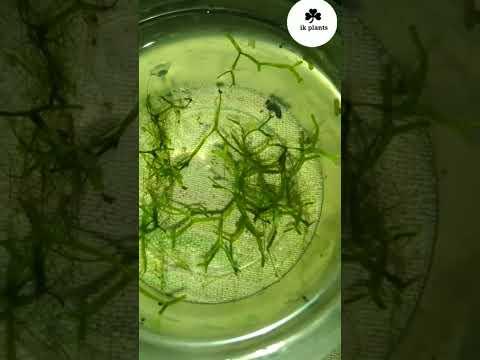Diving into the World of Riccia inflexa: A Resilient Moss with Global Impact
Affiliate Disclaimer: As an affiliate, we may earn a small commission when you make a purchase from any of the links on this page at no additional cost to you!

medium.jpeg from: https://www.inaturalist.org/taxa/1079230-Riccia-inflexa

large.jpg from: https://www.inaturalist.org/observations/119555723
Exploring the Fascinating World of Riccia inflexa Taylor Moss
Introduction
Mosses are some of the most ancient and resilient plants on Earth. One particularly interesting species is Riccia inflexa Taylor, a small but mighty moss in the Ricciaceae family. In this blog post, we’ll dive into the unique characteristics, global distribution, and ecological importance of this fascinating plant.
Background on Riccia Mosses
The genus Riccia contains around 150 species of thallose liverworts. These primitive non-vascular plants lack true stems, roots and leaves. Instead, they have a flattened, lobed structure called a thallus. Riccia species are found worldwide, from tropical to temperate regions, in a variety of habitats.
Morphology and Identification of Riccia inflexa
Riccia inflexa, also known simply as Riccia, is a small thallose liverwort. Its thallus is

riccia-inflexa.jpg from: https://www.earth.com/plant-encyclopedia/bryophytes/ricciaceae/riccia-inflexa/en/
1-3 cm long and forms dense mats or rosettes. The thallus surface has a characteristic network of polygonal areas and distinct pores. Unique features that distinguish R. inflexa include:
- Strongly inflexed thallus margins that curve inward
- Bluish-green color when fresh, turning whitish when dry
- Crescent-shaped, embedded sporophytes on the thallus underside
Global Distribution and Habitat
R. inflexa has a cosmopolitan distribution

How-to-Grow-Riccia-Moss-2048×1152.jpg from: https://www.aquariumplantcare.com/how-to-grow-riccia-moss/
, found on every continent except Antarctica. It commonly grows on damp, exposed soil such as riverbanks, lake margins, fallow fields and mud flats. This tiny moss is easily overlooked but is actually quite widespread.
Ecological Roles and Adaptations
Despite its small size, Riccia inflexa plays important ecological roles:
- Stabilizes soil and prevents erosion along waterways
- Provides shelter and moisture for microorganisms and tiny invertebrates
- Acts as a pioneer species, helping to establish plant communities
R. inflexa is well-adapted to its semi-aquatic niche. Its thick, spongy thallus efficiently absorbs and retains water. The inflexed thallus margins protect the delicate dorsal surface. Embedded sporophytes resist damage from submersion and desiccation.

riccia-moss-2.jpg from: https://himadriaquatics.com/products/riccia-fluitans-floating-crystalwort-riccia-moss/

floating-Riccia-e1507452849568-416×312.jpg from: https://aquaticplants.co.nz/product/riccia-fluitans/

Riccia-Moss-300×162.jpg from: https://www.aquariumplantcare.com/types-of-aquarium-mosses-plants/

image_3e5bf1d9-a43d-461d-b807-586f8bdd8426_750x.jpg from: https://exoticpetswichita.com/products/aquatic-moss

maxresdefault.jpg from: https://www.youtube.com/watch?v=mSQGLdbelaE

hq2.jpg from: https://www.youtube.com/watch?v=vQB_QHxIHtc
| Characteristic | Description |
|---|---|
| Classification | Marchantiophyta, Marchantiopsida, Ricciaceae |
| Thallus | 1-3 cm long, strongly inflexed margins |
| Color | Bluish-green when fresh, whitish when dry |
| Sporophytes | Crescent-shaped, embedded on ventral thallus |
| Habitat | Damp exposed soil, cosmopolitan distribution |
Conclusion
Riccia inflexa is a small but fascinating moss with a worldwide distribution. From riverbanks to fallow fields, this resilient species plays a quiet but critical role in its ecosystems. Next time you’re outdoors, take a closer look – you just might spot this marvelous moss! What other tiny wonders of nature have you discovered?
